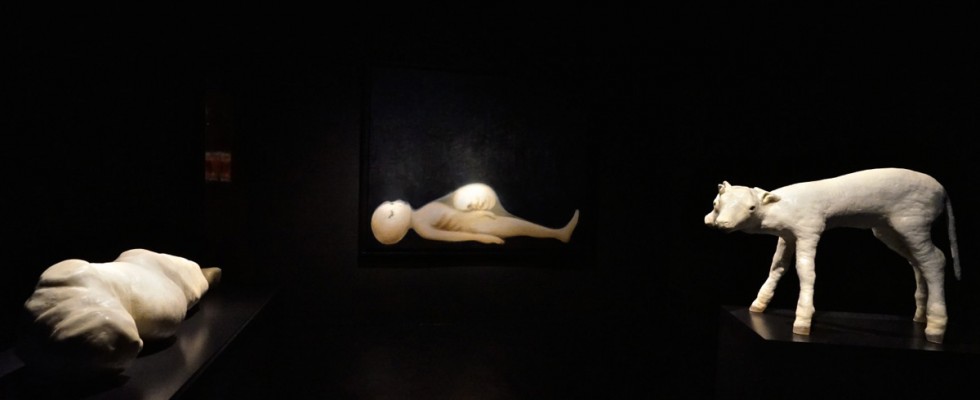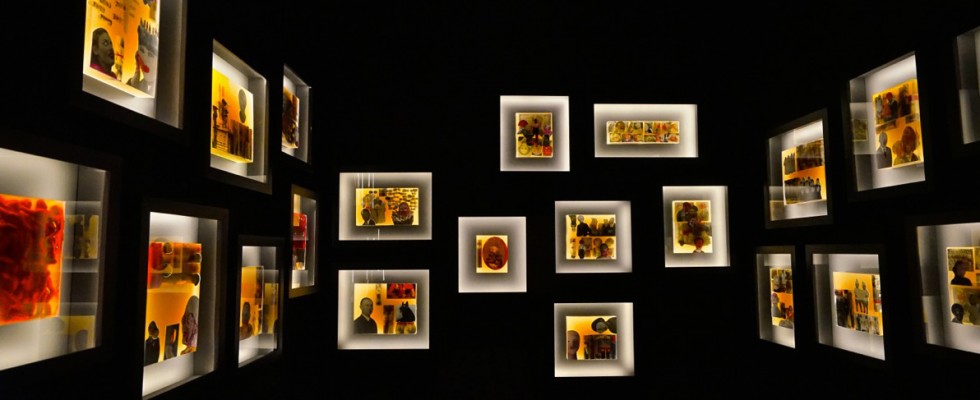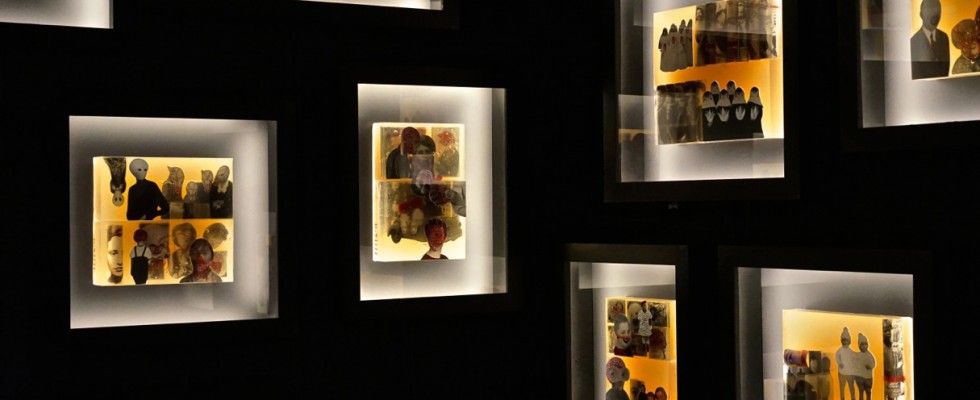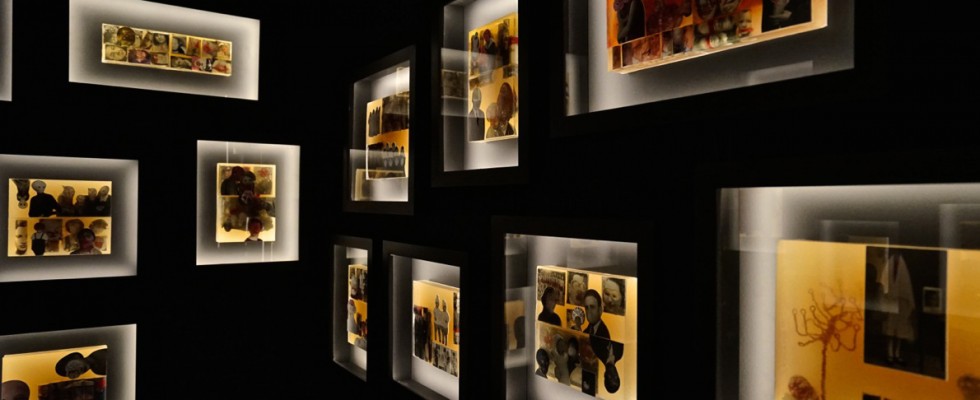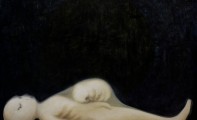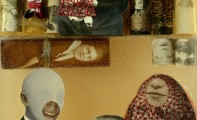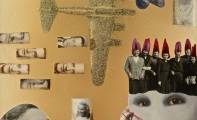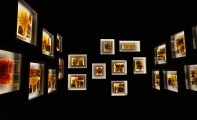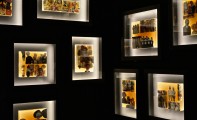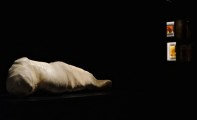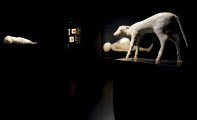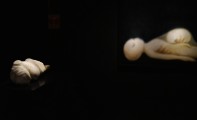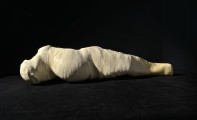The largest international art fair, the Venice Biennale, continues until the end of November. Whether they want to or not, the national pavilions represent their respective countries’ cultural policies, but by comparison the so-called collateral events scattered throughout town help to provide a more complete picture of contemporary art. At the prestigious Personal Structures exhibition, the Czech Republic is represented by Daniel Pešta and his projects entitled Annunciation and Nocturnal Head Records.
The theme of this year’s biennial exhibition is “All The World’s Futures”, a theme that resonates in the works of many of the artists exhibiting outside of the official festival. One such artist is Daniel Pešta, who uses subjective imagination, dreams and nightmares to achieve a global vision of the future of mankind – and it isn’t exactly a joyful vision. Immediately upon entering Pešta’s exhibition at the Palazzo Bembo and at the foot of the Ponte Rialto, the viewer is welcomed by a two-headed calf. With one head, the kindly mutant, executed in a vulnerable white wax, watches a painting of a motionless male being, the germ of a future life hatching on its dead or perhaps merely sleeping body. Is it the promise of new forms of existence that will come after us? Is it a sign of the definitive end of biologically determined laws, the augur of the end of science, which cannot be replaced by any other religion?
The second head of the enchanting and simultaneously disturbing calf stares at a glass sarcophagus containing a small mummy. Beneath the oilcloth one can see the clear outlines of a crown of thorns that, combined with the position of the dead body, tells us that we are looking at Christ after being taken from the cross. However, this familiar silhouette is disturbed by Jesus’ pregnant belly – the Annunciation of a new hope that may take on a completely different form than what we are capable of imagining.

